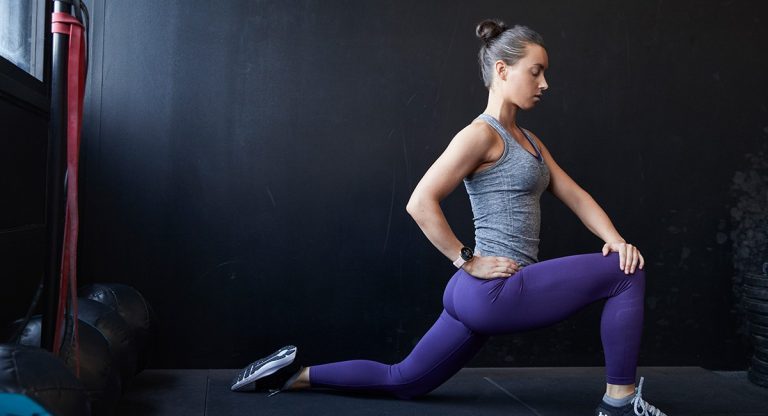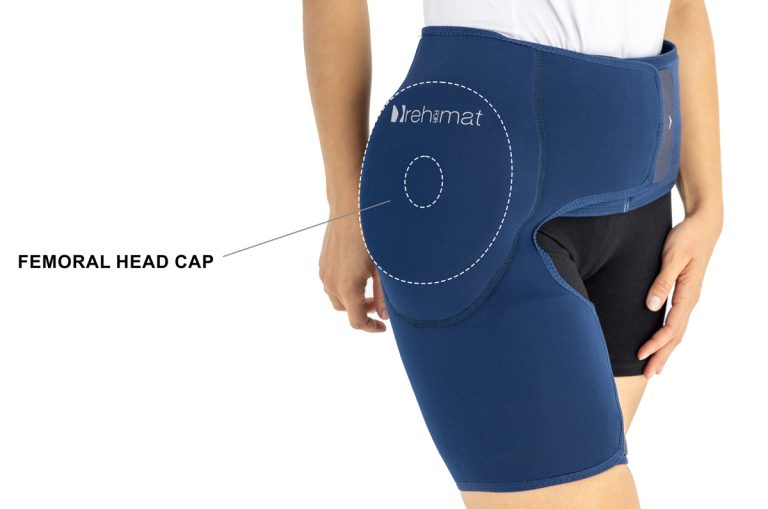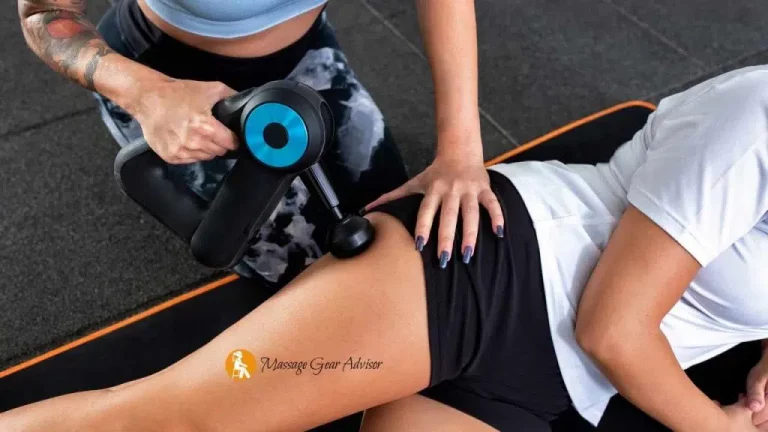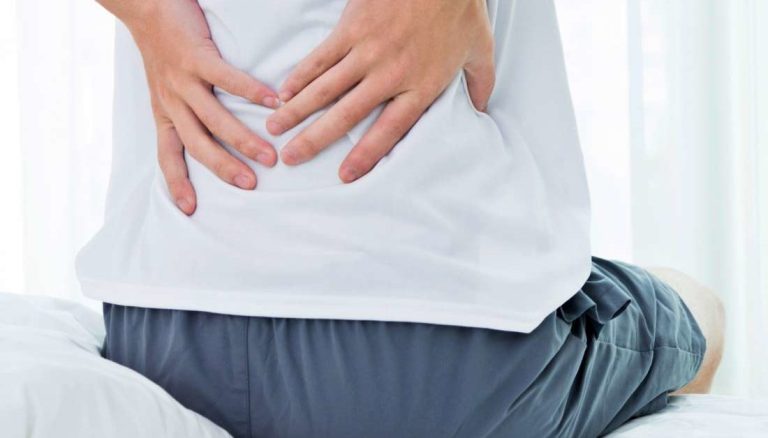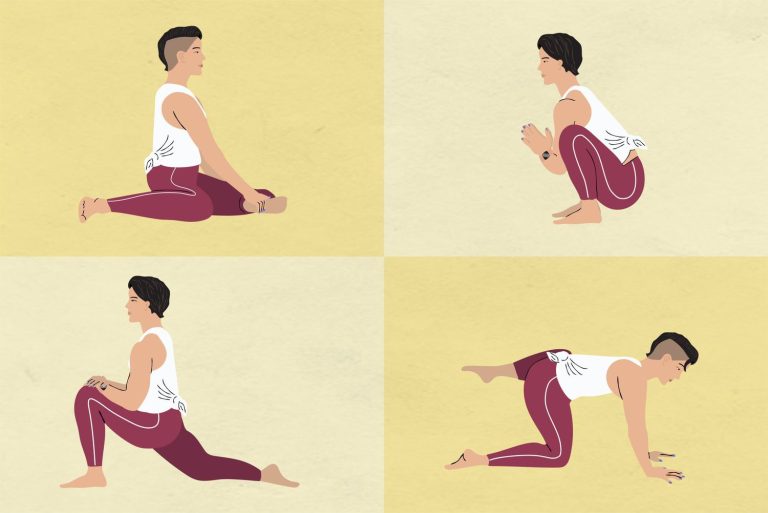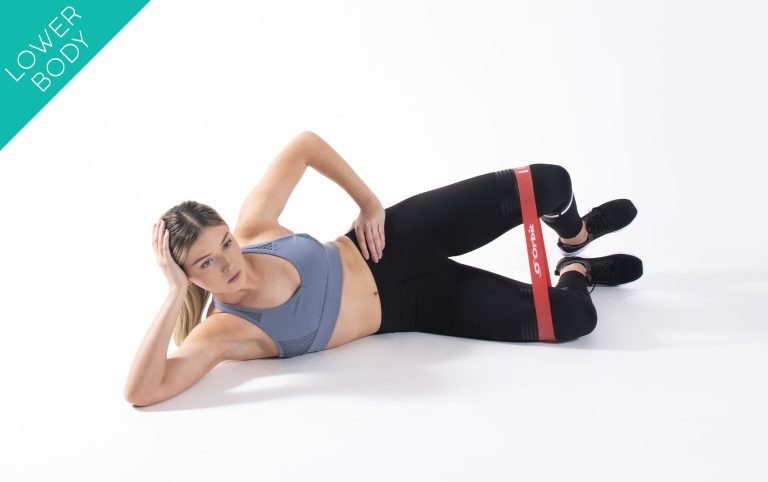Outer Hip Exercises: Strengthening and Stretching for Stability
Are your hips feeling tight, weak, and in need of a little extra attention? Look no further!
In today’s sedentary world, our hips often bear the brunt of excessive sitting and neglect. But fear not, for there is one magical solution that can strengthen and rejuvenate those outer hips: exercises!
However, before you dive headfirst into a hip workout frenzy, it’s essential to seek medical supervision. With the right guidance, hip exercises can benefit everyone, preventing weakness and discomfort.
But tread carefully! Certain exercises may pose risks if not executed properly.
So, let’s explore the world of outer hip exercises, ensuring we stay safe, strong, and fully engaged!
outer hip exercises
Outer hip exercises target the gluteus maximus and gluteus medius muscles, which are essential for hip stability and function. These exercises are beneficial for everyone, especially those who lead a sedentary lifestyle or engage in activities that overuse the hips, such as athletes.
It is important to seek medical supervision when starting a new exercise regimen. Some effective exercises for the outer hips include side-lying leg lifts, fire hydrants, monster walks, clamshell exercises, and lateral step-ups.
Resistance band exercises can also be useful for hip conditioning. Additionally, stretching every day, particularly for individuals with arthritis, can help maintain flexibility in the hips.
However, caution should be exercised with exercises like squats, lunges, and step-ups to avoid putting excessive stress on the hips. Overall, incorporating outer hip exercises into a fitness routine can help improve hip strength, prevent injuries, and alleviate hip pain.
Key Points:
- Outer hip exercises target the gluteus maximus and gluteus medius muscles for hip stability and function.
- These exercises are beneficial for sedentary individuals and athletes who overuse their hips.
- Seek medical supervision before starting a new exercise regimen.
- Effective exercises for outer hips include:
- Side-lying leg lifts
- Fire hydrants
- Monster walks
- Clamshell exercises
- Lateral step-ups
- Resistance band exercises and daily stretching can also be helpful for hip conditioning.
- Use caution with exercises like squats, lunges, and step-ups to avoid excessive stress on the hips.
Sources
https://www.healthline.com/health/hip-exercises
https://orthoinfo.aaos.org/en/recovery/hip-conditioning-program/hip-pdf/
https://sportydoctor.com/stretches-for-outer-hip-pain/
https://www.healthline.com/health/pain-relief/exercises-for-hip-pain
Check this out:
💡 Pro Tips:
1. Incorporate hip strengthening exercises into your daily routine, even if you’re not an athlete. Strong hips are important for overall stability and injury prevention.
2. Don’t forget to warm up your hips before starting any exercise routine. Incorporate dynamic movements like Frankenstein walks and hip circles to prepare your muscles for activity.
3. Men tend to have tighter hips compared to women, so it’s essential for them to focus on hip flexibility exercises such as the butterfly pose and knee-to-chest pose.
4. If you’re experiencing hip pain or poor flexibility as a runner, try adding exercises like donkey kicks, side leg raises, and single-leg bridges to your workout routine to target the outer hip muscles.
5. Be cautious with exercises like squats, lunges, and step-ups. While they can be great for overall lower body strength, excessive stress on the hips can lead to pain and injury.
Seeking Medical Supervision For Outer Hip Exercises
When it comes to engaging in any type of exercise routine, it is always wise to seek medical supervision, especially when targeting specific areas of the body like the outer hips. While hip exercises can be highly beneficial for strengthening and stabilizing the hips, it is important to ensure that they are performed correctly and with proper guidance.
Medical supervision provides several advantages:
By seeking medical supervision, you can enhance the effectiveness and safety of your outer hip exercises, allowing for a more productive and rewarding experience.
The Importance Of Hip Conditioning For Everyone
Hip conditioning is not just reserved for athletes or fitness enthusiasts; it is beneficial for everyone, regardless of age or activity level. The hip joints play a crucial role in maintaining balance, stability, and mobility.
Unfortunately, many people underestimate the importance of hip strength and flexibility, leading to weak hips and potential health issues.
Here are the key benefits of hip conditioning exercises:
By incorporating hip conditioning exercises into your regular fitness regimen, you can reap these benefits and support a healthy and functional body.
Weak Hips Due To Excessive Sitting And Lack Of Exercise
In today’s sedentary lifestyle, it is not uncommon to experience weak hips due to excessive sitting and lack of exercise. Prolonged periods of sitting can lead to muscle imbalances, tightness, and weakness, particularly in the hip flexors and gluteal muscles.
Here are some factors that contribute to weak hips:
To combat weak hips caused by excessive sitting and lack of exercise, incorporating targeted hip exercises into your daily routine is essential. These exercises can help strengthen the hip muscles, improve flexibility, and counteract the negative effects of prolonged sitting.
Hip Pain And Injury In Athletes From Overuse
While being physically active is generally beneficial for overall health, athletes who overuse their hips are susceptible to pain and injury. High impact activities, repetitive motions, and inadequate rest can lead to various hip issues such as hip flexor strains, IT band syndrome, and hip impingement.
Here is an overview of hip pain and injuries commonly experienced by athletes:
Athletes who frequently perform repetitive movements involving hip flexion or rotation are at a higher risk of developing this condition.
To prevent hip pain and injury, it is crucial for athletes to incorporate hip-strengthening exercises into their training routines and ensure adequate rest and recovery between intense workouts.


